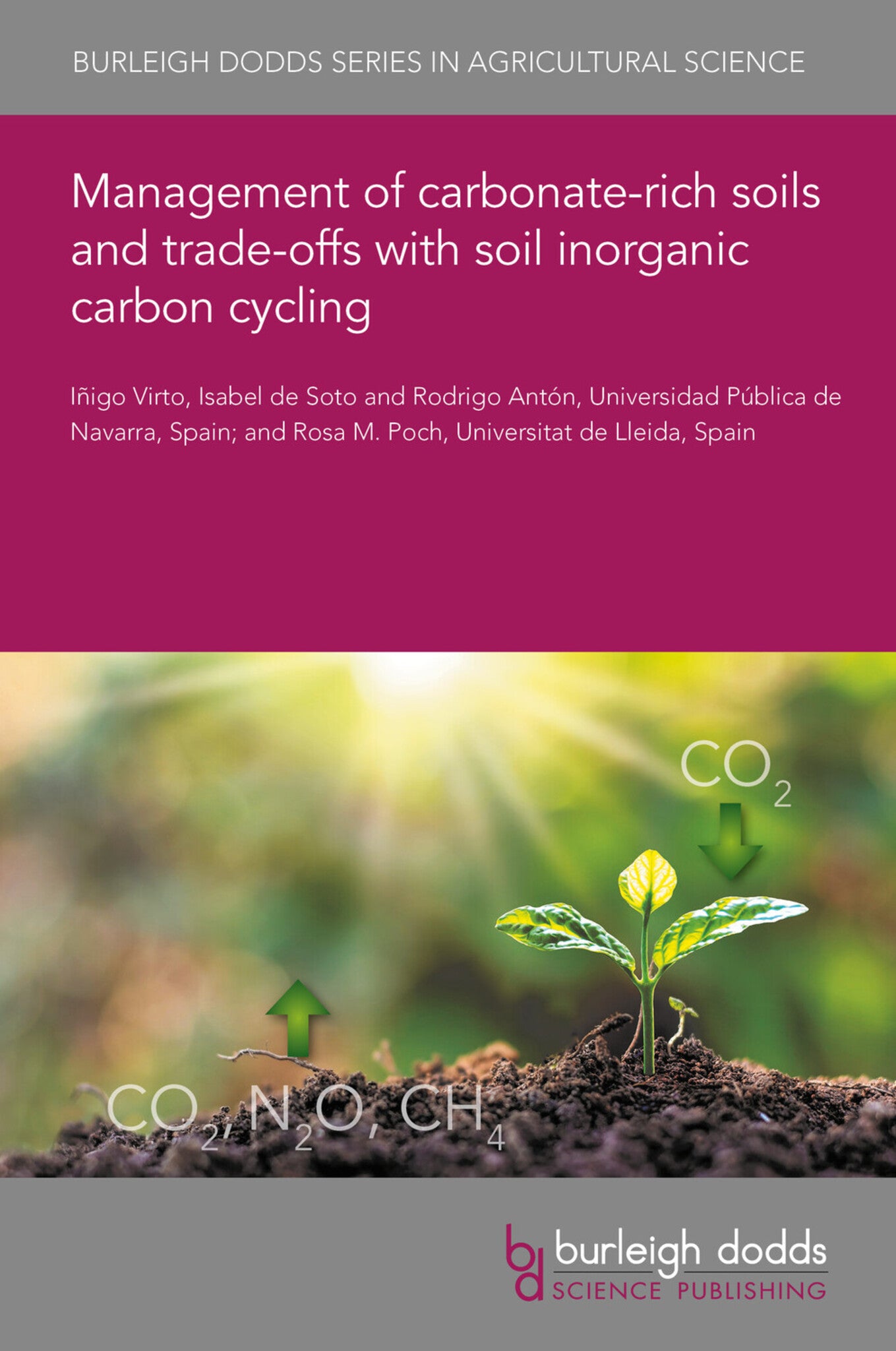We're sorry. An error has occurred
Please cancel or retry.
Management of carbonate-rich soils and trade-offs with soil inorganic carbon cycling

Some error occured while loading the Quick View. Please close the Quick View and try reloading the page.
Couldn't load pickup availability
- Format:
-
07 November 2022


TECHNOLOGY & ENGINEERING / Agriculture / Agronomy / Soil Science, Soil science and management, TECHNOLOGY & ENGINEERING / Agriculture / Agronomy / Crop Science, TECHNOLOGY & ENGINEERING / Agriculture / Sustainable Agriculture, Agronomy and crop production, Sustainable agriculture

1 Introduction 2 Consequences of agricultural management on soil inorganic carbon 3 Case study: effect of irrigation on soil inorganic carbon dynamics in the tilled layer (0–20 cm) of Mediterranean agricultural soils 4 Conclusion and future trends in research 5 Where to look for further information 6 References



